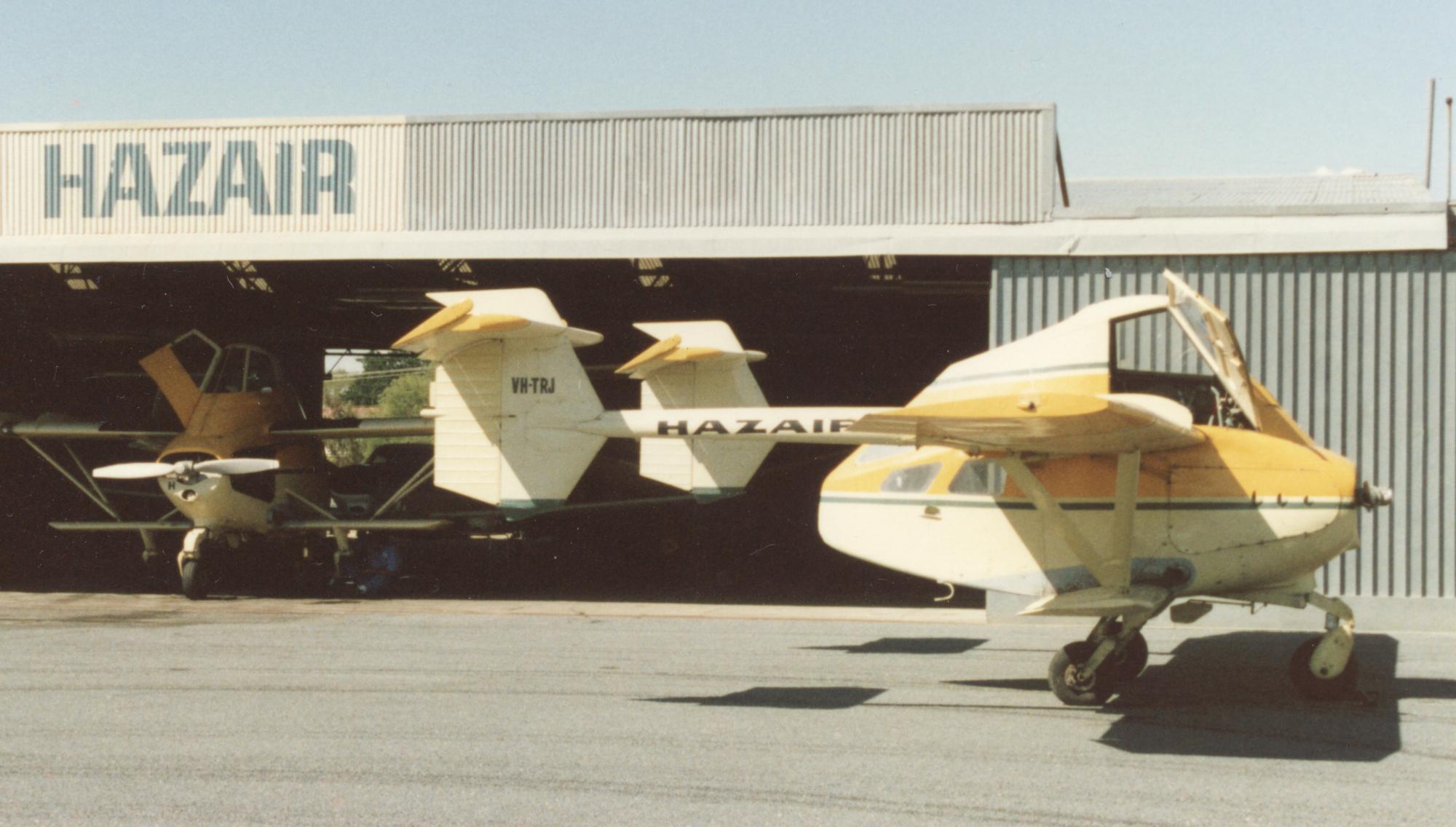Transavia Corporation on:
[Wikipedia]
[Google]
[Amazon]
 Transavia Corporation was an Australian aircraft manufacturer active between 1965 and 1985.
Transavia Corporation was an Australian aircraft manufacturer active between 1965 and 1985.
 The PL-12 had an unconventional but practical layout for its intended agricultural top-dressing role. The basic layout was inherited from the PL-11. This was a mid-wing
The PL-12 had an unconventional but practical layout for its intended agricultural top-dressing role. The basic layout was inherited from the PL-11. This was a mid-wing
 Transavia Corporation was an Australian aircraft manufacturer active between 1965 and 1985.
Transavia Corporation was an Australian aircraft manufacturer active between 1965 and 1985.
Formation
Transavia Corporation was formed in 1965, as a subsidiary of Transfield to produce agricultural aircraft. The initial design of the Airtruck had been done inNew Zealand
New Zealand ( mi, Aotearoa ) is an island country in the southwestern Pacific Ocean. It consists of two main landmasses—the North Island () and the South Island ()—and over 700 smaller islands. It is the sixth-largest island count ...
by Luigi Pellarini in 1956 as the single Kingsford Smith PL-7 tanker aircraft. This used parts from T-6 Texan
The North American Aviation T-6 Texan is an American single-engined advanced trainer aircraft used to train pilots of the United States Army Air Forces (USAAF), United States Navy, Royal Air Force, Royal Canadian Air Force and other air force ...
aircraft and a Cheetah
The cheetah (''Acinonyx jubatus'') is a large cat native to Africa and central Iran. It is the fastest land animal, estimated to be capable of running at with the fastest reliably recorded speeds being , and as such has evolved specialized ...
engine. Two further more refined PL-11 Airtruck aircraft were built in New Zealand during the early 1960s by Bennett Aviation, later Waitomo Aircraft.
The design was taken over by Transavia Corporation in 1965 and the company refined the aircraft's specification as the Transavia PL-12 Airtruk.
Aircraft designs
 The PL-12 had an unconventional but practical layout for its intended agricultural top-dressing role. The basic layout was inherited from the PL-11. This was a mid-wing
The PL-12 had an unconventional but practical layout for its intended agricultural top-dressing role. The basic layout was inherited from the PL-11. This was a mid-wing monoplane
A monoplane is a fixed-wing aircraft configuration with a single mainplane, in contrast to a biplane or other types of multiplanes, which have multiple planes.
A monoplane has inherently the highest efficiency and lowest drag of any wing con ...
, but with a small lower "wing" that carried the wing bracing struts and the two main wheels of the tricycle undercarriage. Slender booms carried the two separate tailplanes on top of the fin/rudder units. The two booms were not joined together at the aircraft's rear.
The cockpit was located on top of a stubby fuselage, giving good visibility for low-level flying and the chemical hopper was situated below the pilot with a loading aperture just behind the cockpit. A cargo carrying utility version was also built. Power for early production was from a Continental IO-520-D 300 h.p. engine.
Further refinements in design in 1981 brought the PL-12-300 "Skyfarmer" with strengthened upper fuselage and a larger cockpit with roll-over truss. The final derivative was the PL-12-400 with a Lycoming I0-720 400 h.p. engine, larger dorsal fin and lower sesquiplane "wings". Total Airtruk production by Transavia was 118 aircraft. Examples are still in active operation.Simpson, 2005, p. 301
References
;Notes ;Bibliography * * {{commons category, Transavia Corporation Defunct aircraft manufacturers of Australia